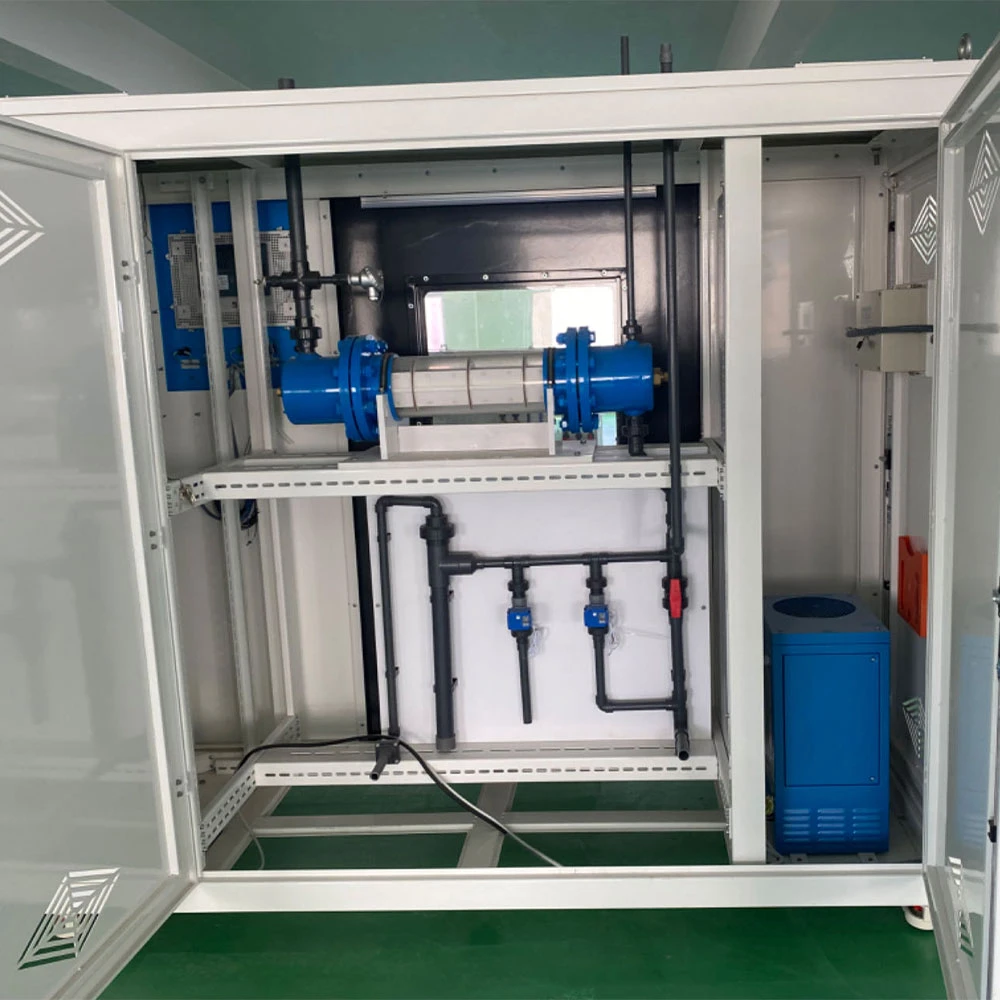Clean water is essential for health and safety. Many industries and municipalities rely on effective disinfection methods. Sodium hypochlorite (NaClO) generators provide a smart, on-site solution. Meanwhile, they produce chlorine-based disinfectant efficiently. No need for hazardous chemical storage.
This article also explores how sodium hypochlorite generators work. We’ll also discuss their benefits, applications, and why they outperform traditional disinfection methods.
Key Benefits of On-Site Sodium Hypochlorite Generation
1. Cost-Effective Solution
Uses inexpensive salt instead of commercial bleach.
Reduces transportation and storage costs.
Lower operational expenses compared to chlorine gas or pre-made hypochlorite.
2. Enhanced Safety
No need to store large quantities of hazardous chlorine.
Meanwhile, eliminates risks associated with gas leaks or chemical spills.
On-demand production also means fresher, more effective disinfectant.
3. Environmentally Friendly
Produces no harmful byproducts when used correctly.
Reduces plastic waste from bleach bottles.
Energy-efficient systems also minimize power consumption.
4. Reliable & Scalable
Suitable for small to large-scale applications.
Meanwhile, easy to integrate into existing water treatment systems.
Therefore, minimal maintenance required.

Applications of Sodium Hypochlorite Generators
1. Municipal Water Treatment
Cities and towns also use these systems for:
Drinking water disinfection.
Wastewater treatment before release.
Controlling algae in reservoirs.
2. Industrial Uses
Factories and plants also rely on sodium hypochlorite for:
Cooling tower water treatment.
Food and beverage also processing sanitation.
Pulp and paper industry bleaching.
3. Healthcare & Hospitality
Hospitals, hotels, and pools benefit from:
Safe, continuous disinfection of water.
Therefore, legionella prevention in plumbing systems.
Maintaining hygienic swimming conditions.
4. Agriculture & Aquaculture
Farmers and fish farms also use generators for:
Irrigation water disinfection.
Also preventing disease in aquaculture systems.
Sanitizing equipment and storage tanks.

Comparison with Traditional Disinfection Methods
1. Chlorine Gas
Pros: Highly effective, low cost.
Cons: On one hand, extremely hazardous, requires strict handling.
Why NaClO is better: Safer, no toxic gas risks.
2. Commercial Bleach (Liquid Hypochlorite)
Pros: Easy to use, readily available.
Cons: On one hand, degrades over time, higher long-term costs.
Why NaClO is better: Freshly generated, more stable.
3. UV & Ozone Treatment
Pros: No chemicals, effective against microbes.
Cons: High energy use, no residual protection.
Conclusion
Sodium hypochlorite generators provide also a smart, safe, and sustainable disinfection method. They also reduce costs, improve safety, and support clean water initiatives.
Industries worldwide are adopting this technology. It’s reliable, efficient, and eco-friendly.
Interested in learning more? Contact us for expert advice on the best system for your needs.
